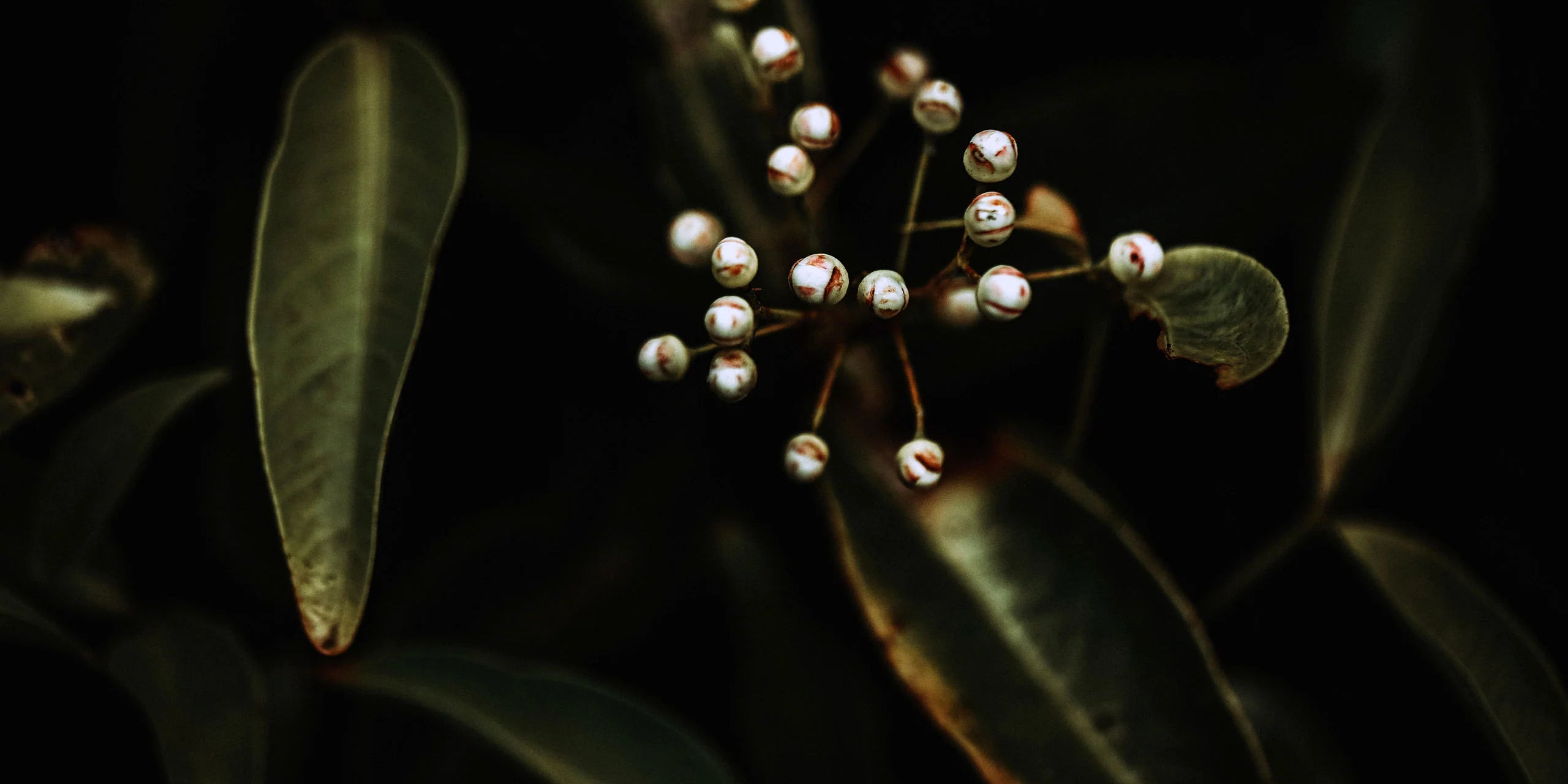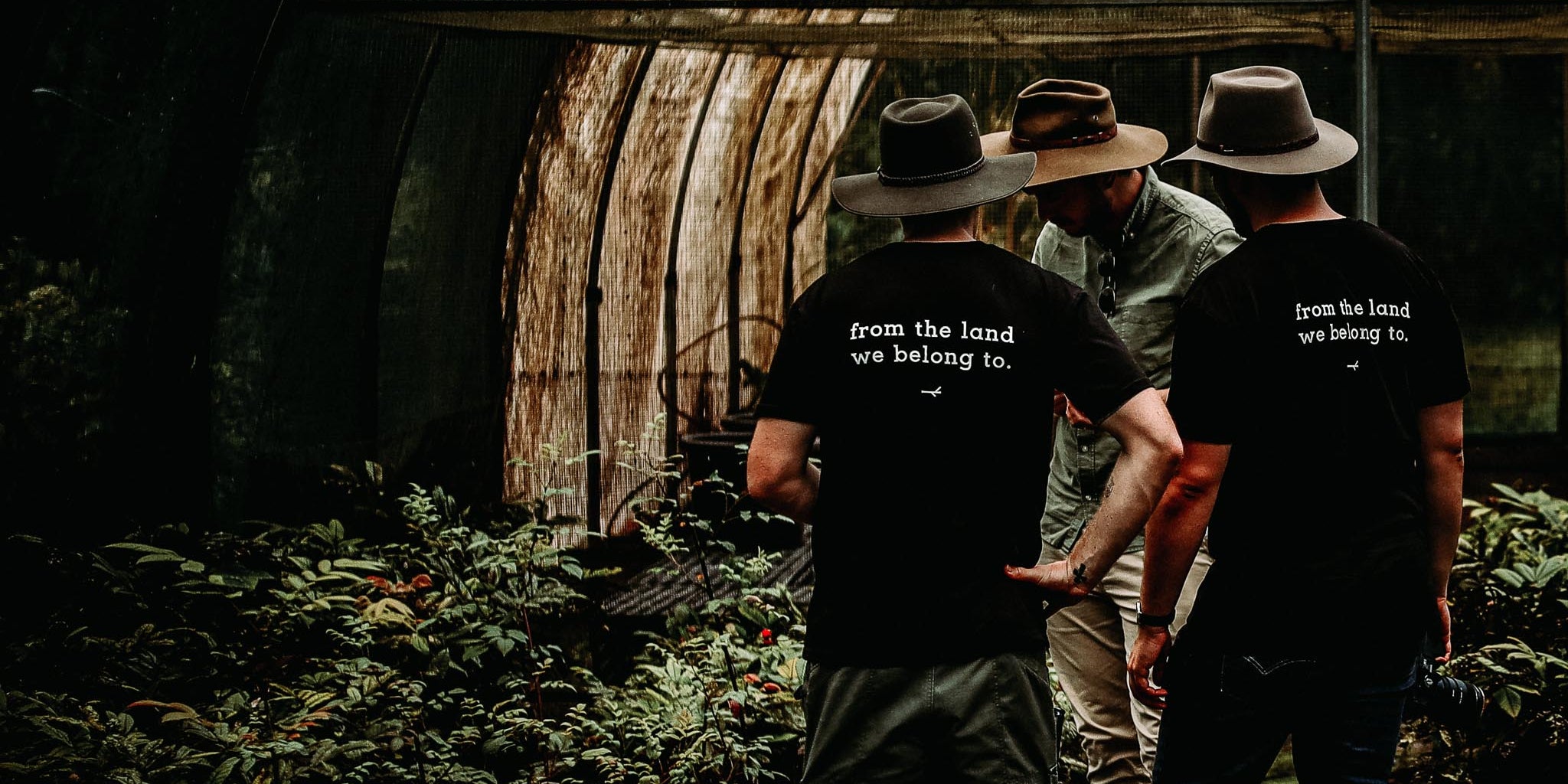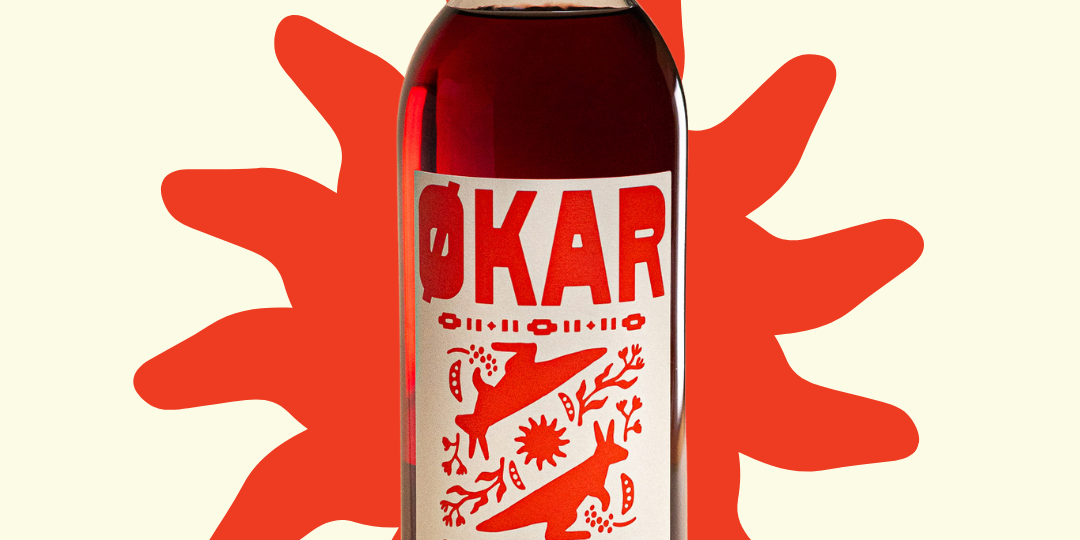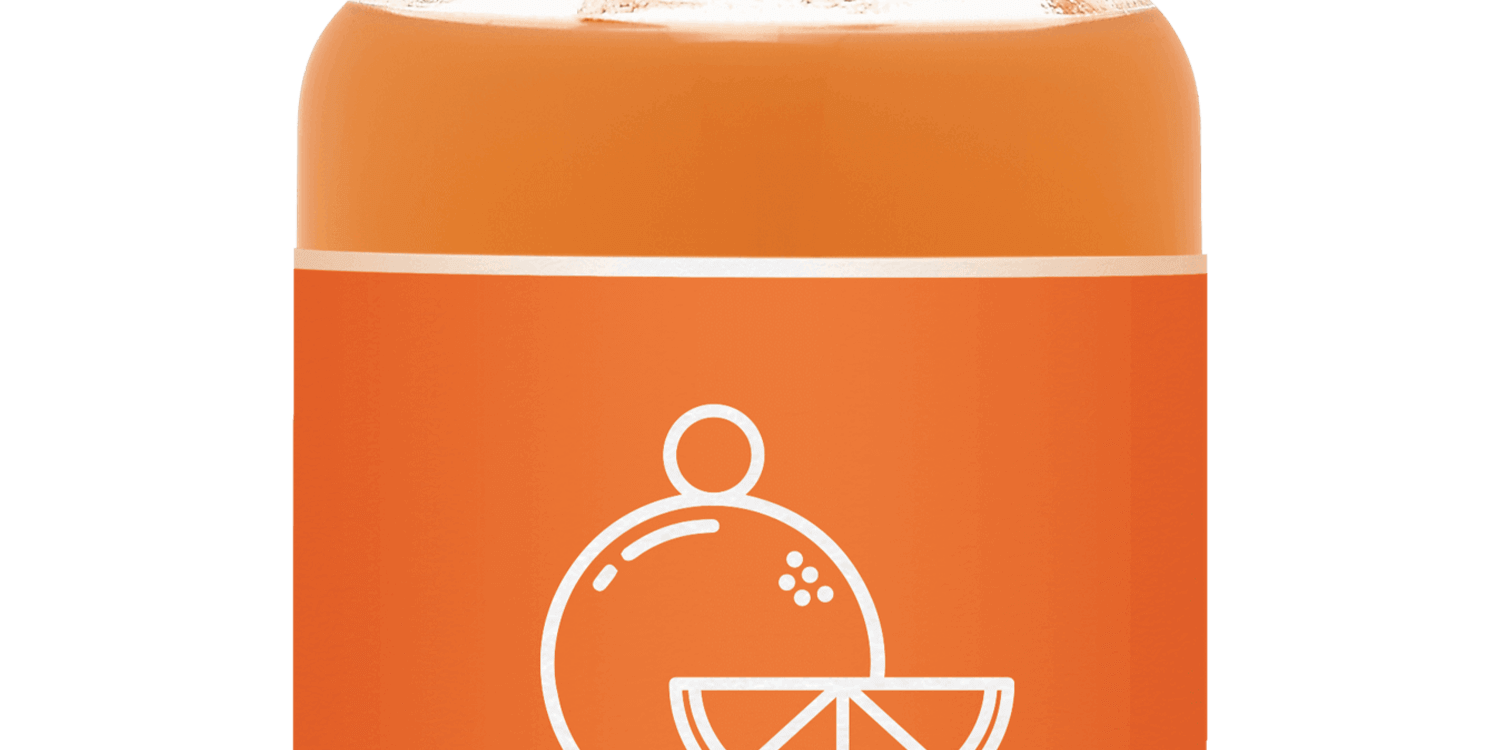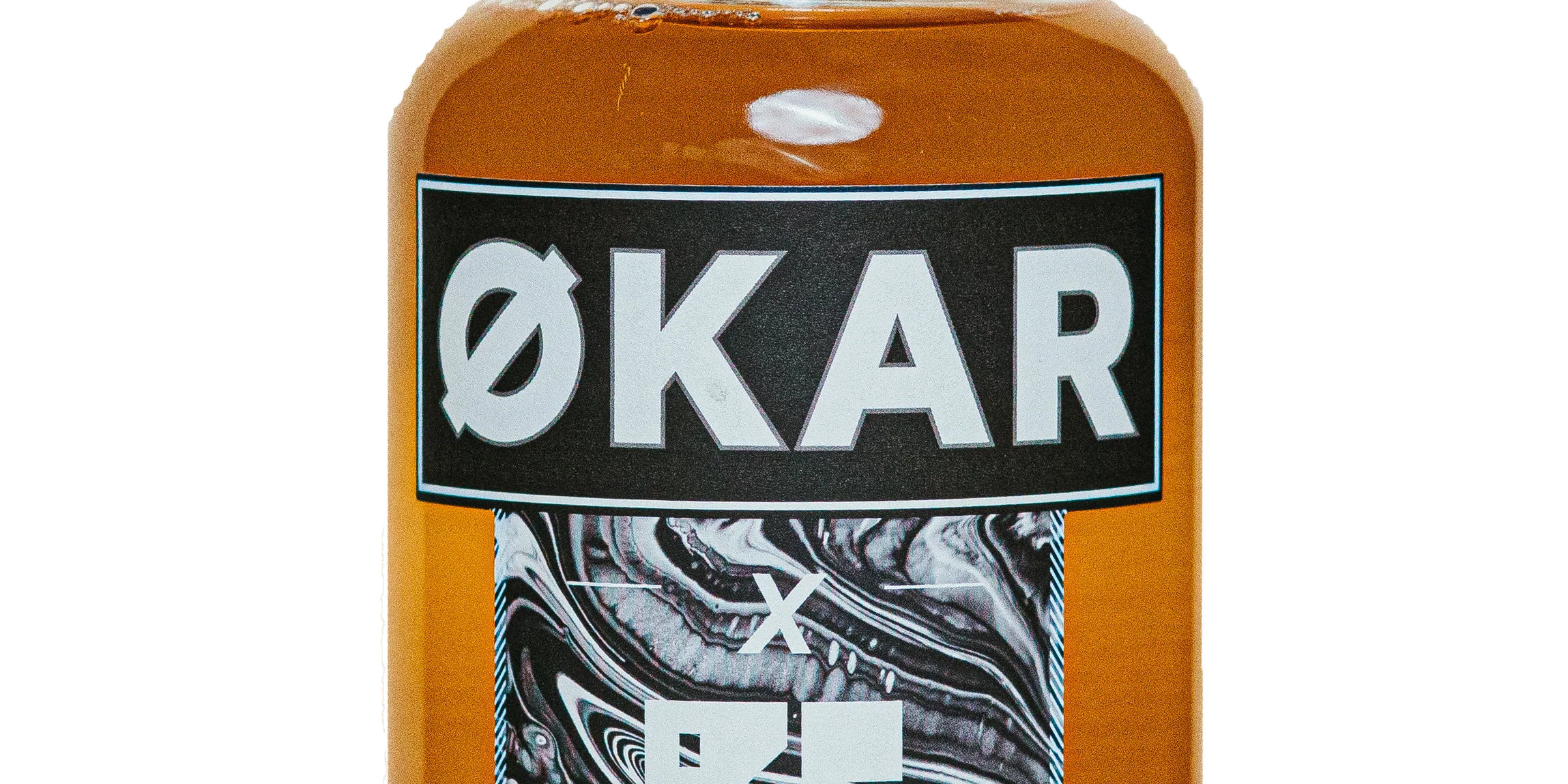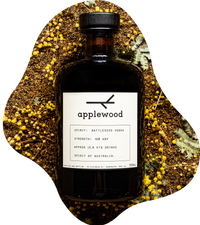Although flooding earlier this year stunted some growth of wild basil throughout the centre of Australia, the return of El Niño means it's the perfect time to plant and cultivate wild basil.
Blooming twice a year, once at the end of Summer and again at the end of Winter, wild basil becomes a distinctive scent of the Australian bush throughout this time of the year.
Also known as bush basil or five spice plant, wild basil’s curious mix of mint, citrus, pepper and clove drifts across the arid outback as our hemisphere turns to face the sun.
Originally introduced to the Australian continent in the 12th or 13th century by Indonesian Traders bush basil now grows profusely through the arid interior of Queensland, Northern Territory, New South Wales and South Australia.

Wild basil loves free-draining soil, arid outcrops and conditions where erosion has made the planting of other species impossible.
Sourcing plants and seedlings of wild basil is far easier than you would think. All it takes is a simple trip to the Bunnings nursery section and you should be able to find some ‘bush basil’ under the brand name Tucker Bush. If you’re zealous about finding a plant you may have to try several nurseries as the demand for the plant is low. If all else fails you can always visit your local nursery and special order the plant.
Once you have your seedling it's essential that you know how to care for it and if you follow this care guide below you’ll always have ready access to the native herb.
Where to Plant
Wild Basil is a warm-weather plant that thrives in tropical or subtropical climates. It prefers temperatures between 18°C and 29°C. If you live in a temperate climate, Wild Basil can grow inside in a medium-sized pot, which you can take outside during the summer months.
Potting Tips
Plant Wild Basil in well-drained soil with a slightly acidic to neutral pH level, ranging from 6.0 to 7.0. Good drainage is essential to prevent waterlogged roots. You can always mix a small amount of sand and pebble with your potting mix to increase drainage.
Provide Wild Basil with full sun to partial shade. Aim for at least 4-6 hours of direct sunlight per day for optimal growth and flavour development.
In regions with mild winters, sow Wild Basil seeds directly outdoors after the last frost date. If starting seeds indoors, begin 6-8 weeks before the anticipated transplanting date.
Plant Wild Basil seeds or seedlings at a depth of 1-2cm in the soil. If planting in the same space as other plants, space the plants about 30cm apart to allow for adequate airflow and growth.
Watering
Wild Basil requires regular watering when young to keep the soil evenly moist. This is where a sandy potting mix will come in handy. Water when the top 3-4cm of soil feels dry but avoid overwatering, as it may lead to root rot.
Pruning
Pinch back the growing tips regularly to encourage bushier growth and prevent the plant from becoming too leggy. Pruning also helps promote the production of fresh leaves for culinary use.
HarvestingYou can start harvesting Wild Basil once the plant has become established and has sufficient leaf growth. Harvest leaves in the morning when the essential oil content is highest for the best flavour and aroma. Avoid harvesting more than one-third of the plant at a time to allow for regrowth.
If all that care is too much and you can’t afford to let another house plant death hold you back, you can always access dried wild basil leaf year round as well as mixed into other herbal mixes like the amazing Aussie Dukkah from Warndu.
If alcohol is on your mind then of course our new Wild Basil Gin will be a terrific representation of this beautiful plant as well as our Wild Basil Smash cocktail.
